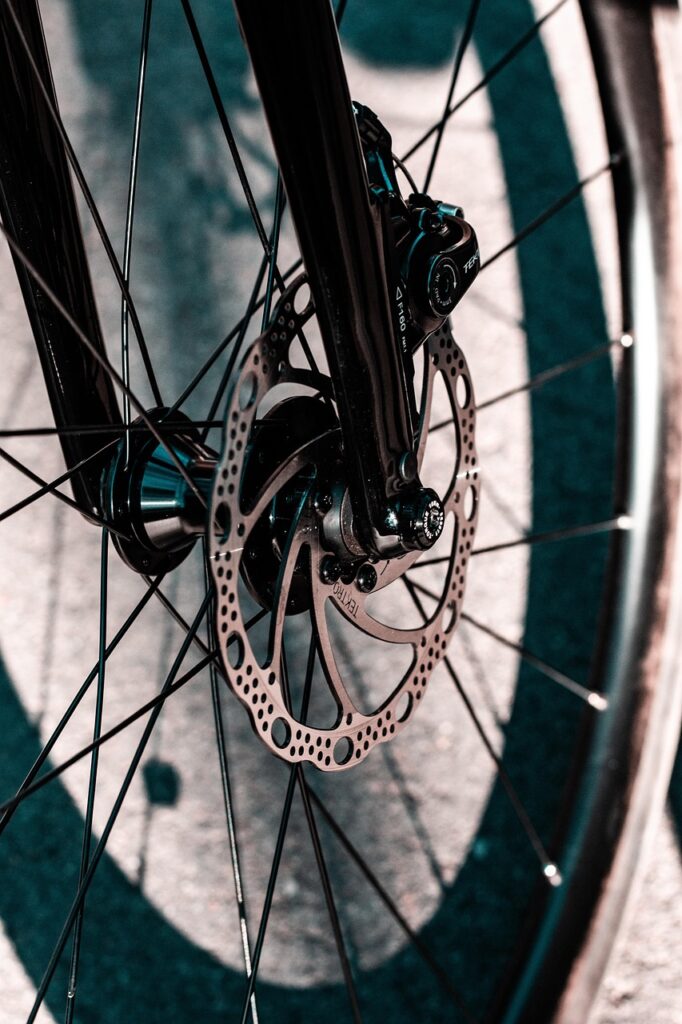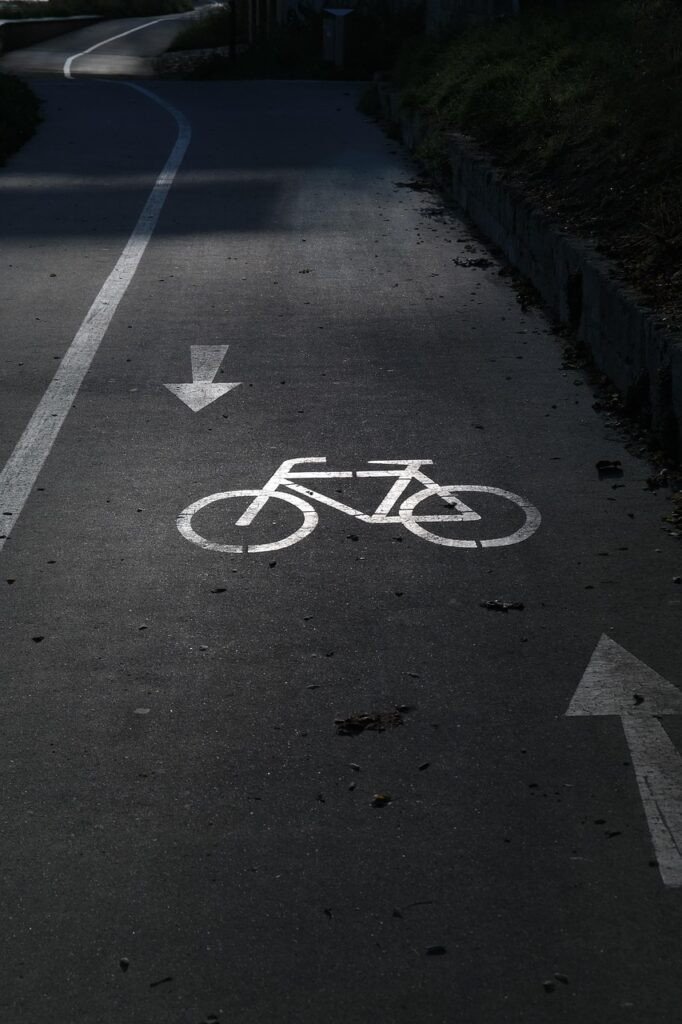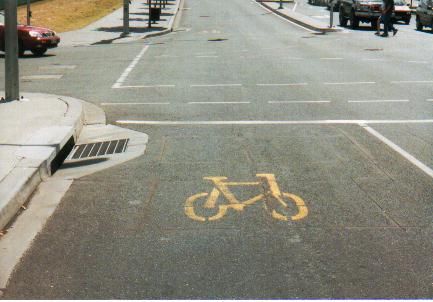Bicycling is clean, efficient, and enjoyable. It provides transportation, recreation, and fitness while reducing congestion and pollution. Yet cycling also comes with challenges. Safe and practical riding depends on awareness, good equipment, responsible road use, and supportive policies.
Cycling for All Riders
Cycling involves both personal preparation and public responsibility. The sections below highlight key areas that shape safe and enjoyable riding.
Rights and Responsibilities
Cyclists are legally recognized as vehicle drivers. They share the same rights and responsibilities as motorists, including access to public roads. However, bicycle-specific laws sometimes restrict safe positioning, requiring riders to stay at the edge or in bike lanes. True safety depends on both legal protections and public awareness. Respectful enforcement helps ensure equal treatment and safer conditions for all road users.
Getting Started
New riders benefit from a properly fitted bicycle, essential accessories, and basic handling skills. Helmets, lights, and locks improve safety and convenience. Practice in quiet areas helps build confidence before entering heavier traffic. As skills grow, cycling expands into commuting, fitness, and longer trips. City bicycles are well-suited to daily travel, while road bicycles support fitness riding. Electric bicycles add assistance but are best explored after gaining basic experience.
Safety on the Road
Road conditions and design strongly influence cycling. Hazards include narrow lanes, poor pavement, unsafe drain grates, and the “door zone” near parked cars. While bike lanes and paths can help, they may increase risks if poorly designed. Shared lane markings, careful design, and fair enforcement all contribute to safer travel. Both motorists and cyclists play a role in reducing collisions and building confidence on the road.




